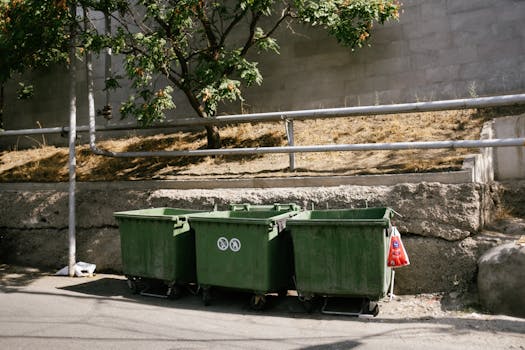
Urban Green Spaces: The Future of Outdoor Living in European Cities by 2025
Urban Green Spaces are the future of outdoor living in European cities by 2025. As the world becomes increasingly urbanized, the importance of green spaces in cities cannot be overstated. These areas provide a range of benefits, from improving air quality and mitigating the urban heat island effect to promoting physical activity and mental well-being.
Introduction to Urban Green Spaces
Urban green spaces refer to any area of vegetation in an urban environment, including parks, gardens, green roofs, and walls. These spaces can be public or private and can range in size from small courtyards to large urban parks. Urban green spaces are becoming increasingly important for the well-being and sustainability of European cities.
Benefits of Urban Green Spaces
The benefits of urban green spaces are numerous and well-documented. Some of the most significant advantages include:
- Improved air quality: Urban green spaces can help to remove pollutants from the air, improving the overall quality of the air in cities.
- Mitigation of the urban heat island effect: The urban heat island effect refers to the phenomenon where built-up areas become significantly warmer than surrounding rural areas. Urban green spaces can help to mitigate this effect by providing shade and cooling the air through evapotranspiration.
- Promotion of physical activity: Urban green spaces provide opportunities for physical activity, such as walking, cycling, and sports, which can help to improve overall health and well-being.
- Improved mental health: Spending time in nature has been shown to have a positive impact on mental health, reducing stress and improving mood.
Current State of Urban Green Spaces in European Cities
Currently, many European cities are investing heavily in the development of urban green spaces. For example, the city of Copenhagen has implemented a number of initiatives aimed at increasing the amount of green space in the city, including the creation of green roofs and walls. Similarly, the city of Amsterdam has implemented a number of projects aimed at improving the quality and accessibility of urban green spaces.
Future of Urban Green Spaces in European Cities
By 2025, urban green spaces will play a vital role in shaping the future of outdoor living in European cities. Some of the trends that are expected to shape the future of urban green spaces include:
- Increased use of green infrastructure: Green infrastructure, such as green roofs and walls, is becoming increasingly popular in European cities. This trend is expected to continue, with more cities investing in green infrastructure to improve the sustainability and livability of urban areas.
- Greater emphasis on community engagement: Urban green spaces will become increasingly important for community engagement and social interaction. Cities will need to prioritize the development of green spaces that are accessible and inclusive for all members of the community.
- More focus on sustainability: Urban green spaces will need to be designed and managed with sustainability in mind. This will involve the use of drought-resistant plants, efficient irrigation systems, and other sustainable practices.
Conclusion
In conclusion, urban green spaces are the future of outdoor living in European cities by 2025. These areas provide a range of benefits, from improving air quality and mitigating the urban heat island effect to promoting physical activity and mental well-being. As the world becomes increasingly urbanized, the importance of green spaces in cities will only continue to grow. By prioritizing the development of urban green spaces, cities can create more sustainable, livable, and healthy environments for their citizens.






